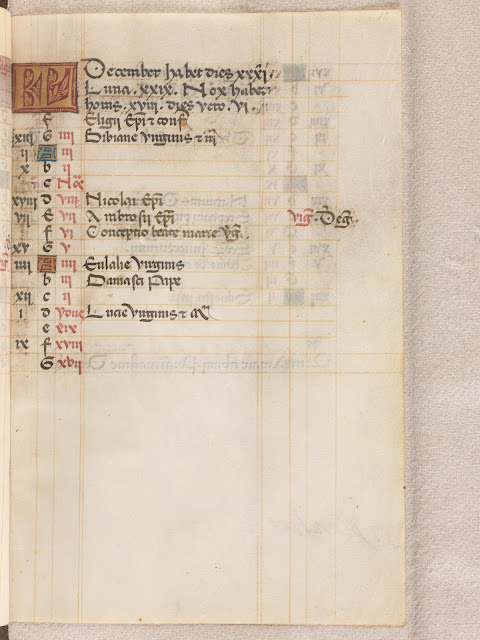This is an amazing (due to the large amount of richly illustrations, I counted more than 73 full -or almost- pages on a total of 268 vellum pages) Arabic copy of The Panchatantra, -The Five Principles-, an ancient Indian collection of animal fables in verse and prose. The original Sanskrit work, which some scholars believe was composed in the 3rd century is attributed to Vishnu Sharma. It is based on older oral traditions, including "animal fables that are as old as we are able to imagine", and the Buddhist Jataka Tales.
As far as I could investigate, first arabic translation -8th Century- was issued by the Iranian (province of Fars) Ibn al-Muqaffa', a Persian Zoroastrian philosopher converted to Islam.
This codex was issued in Egypt during 14th Century and, as said before, really impress because of its large amount of richly colored illustrations. There’s also a latin translation of the Panchatantra -through the Arabic translation- ordered by Spanish King Alfonso X the wise, when he still was a Prince (as was crowned in 1252, that leads to set the date of composition in 1251 what would convert this other latin translation into the first prose-fiction work written in the Iberian Peninsula).
This first Latin translation in Spain was more oriented to prince's education through the eastern method of questions and answers between the king and a philosopher, but told by and featuring animals: an ox, an lion and two jackals called Calila and Dimna, which are who tell the majority of the tales. This structure is used later in Don Juan Manuel's Tales of Count Lucanor.
Related external links:
- Online english tranlation for Panchatantra, hosted by University of Chicago (translated by Arthur W. Ryder), links to books 1 to 5 here.
- Jataka Tales of the Buddha, retold by Ken & Visakha Kawasaki -not illustrated- link
- Encyclopaedia Britannica (topic Ibn al-Muqaffa' discussed & articles, with related images) here
- BIOs: Vishnu Sharma, Ibn al-Muqaffa', King Alfonso X the wise (links to wikipedia), provided.












